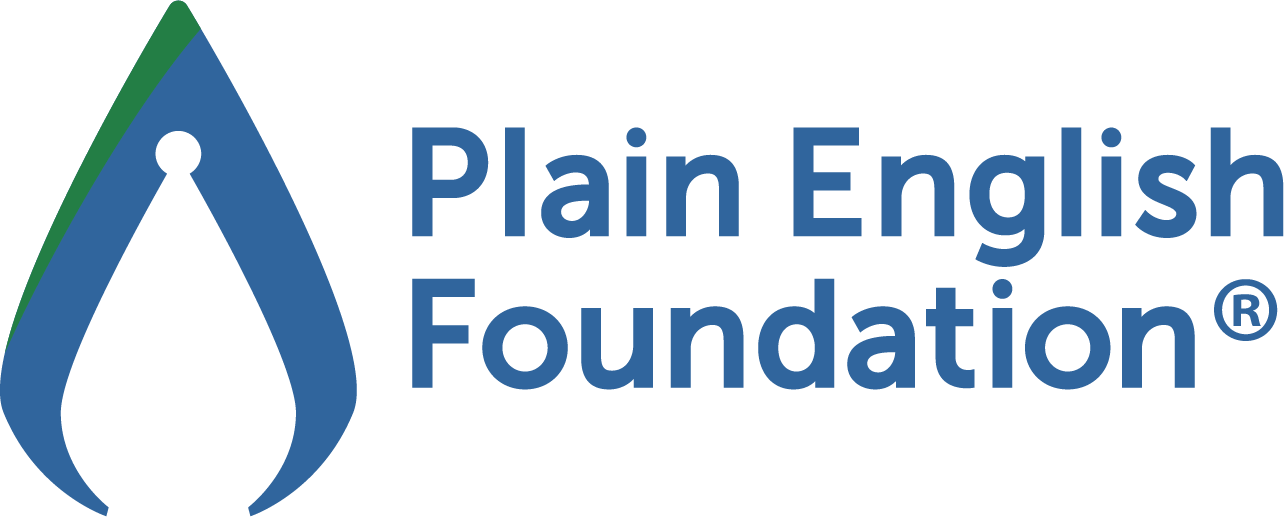
When dealing with wily negotiators who are powerfully driven by personal needs you sometimes need to strengthen your acceptance with reservations and conditions.
Your ‘yes’ is really ‘yes, but…’
This is certainly not the ‘yes’ of agreement, but rather, a ‘yes’ of acknowledgement – an acknowledgement of possibilities through continued negotiation.
So the major problem, common in many negotiations, is how to turn the ‘yes, but…’ of acknowledgement into a firm ‘yes’ of commitment made by both sides?
Is Personal Commitment Important to Negotiations?
We suggest your best outcome is to work at ensuring all parties commit to staying at the negotiation table – at least for an agreed period.
For this to be achieved requires all parties to agree to continued negotiation. The strategy to achieve this may lie in utilizing the common ground of their personal needs in order to get them to make personal ‘yes’ commitments to negotiation continuance in a very public way.
How do you lock in commitment during negotiations?
There are a number of important process moves to be undertaken when getting parties to commit in negotiation, and ensuring their commitment does not unravel. Of these, ENS International particularly recommends careful attention be given to the following:
- Clearly summarizing and ensuring full understanding of all that has been agreed.
- Locking-in mutual commitment to this understanding at an operational level between all parties.
- Even more importantly, locking-in commitment at a personal level between the negotiators.
- Following through and building compliance mechanisms as to who is going to do what by when.
To discuss this article in more depth or to explore developing your negotiation capabilities further please contact us on +612 9299 9688.









